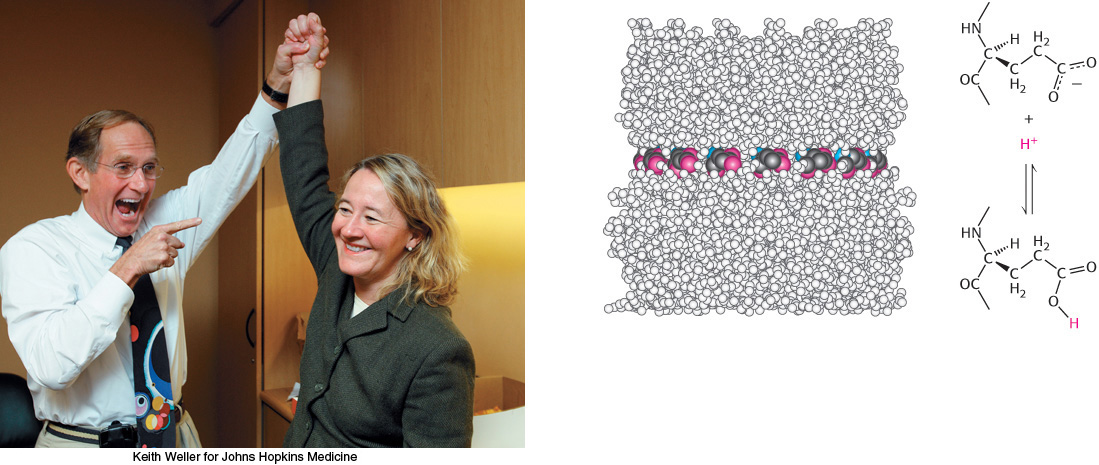Biochemistry: An Evolving Science
CHAPTER
1
1

Biochemistry is the study of the chemistry of life processes. Since the discovery that biological molecules such as urea could be synthesized from nonliving components in 1828, scientists have explored the chemistry of life with great intensity. Through these investigations, many of the most fundamental mysteries of how living things function at a biochemical level have now been solved. However, much remains to be investigated. As is often the case, each discovery raises at least as many new questions as it answers. Furthermore, we are now in an age of unprecedented opportunity for the application of our tremendous knowledge of biochemistry to problems in medicine, dentistry, agriculture, forensics, anthropology, environmental sciences, alternative energy, and many other fields. We begin our journey into biochemistry with one of the most startling discoveries of the past century: namely, the great unity of all living things at the biochemical level.